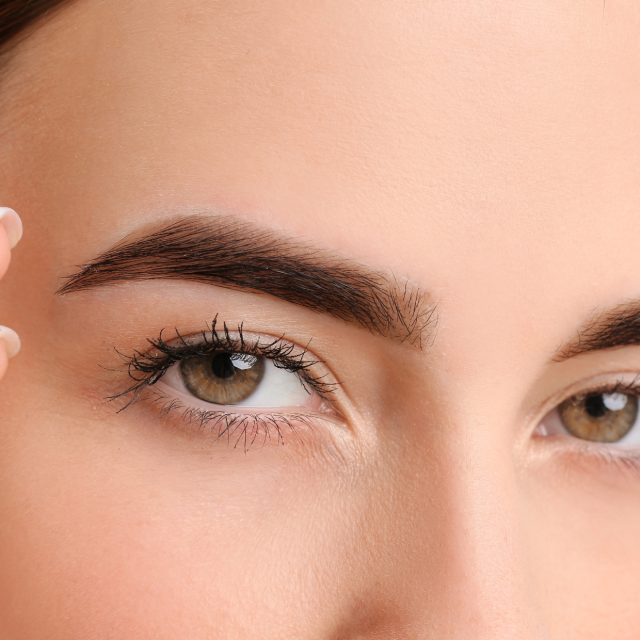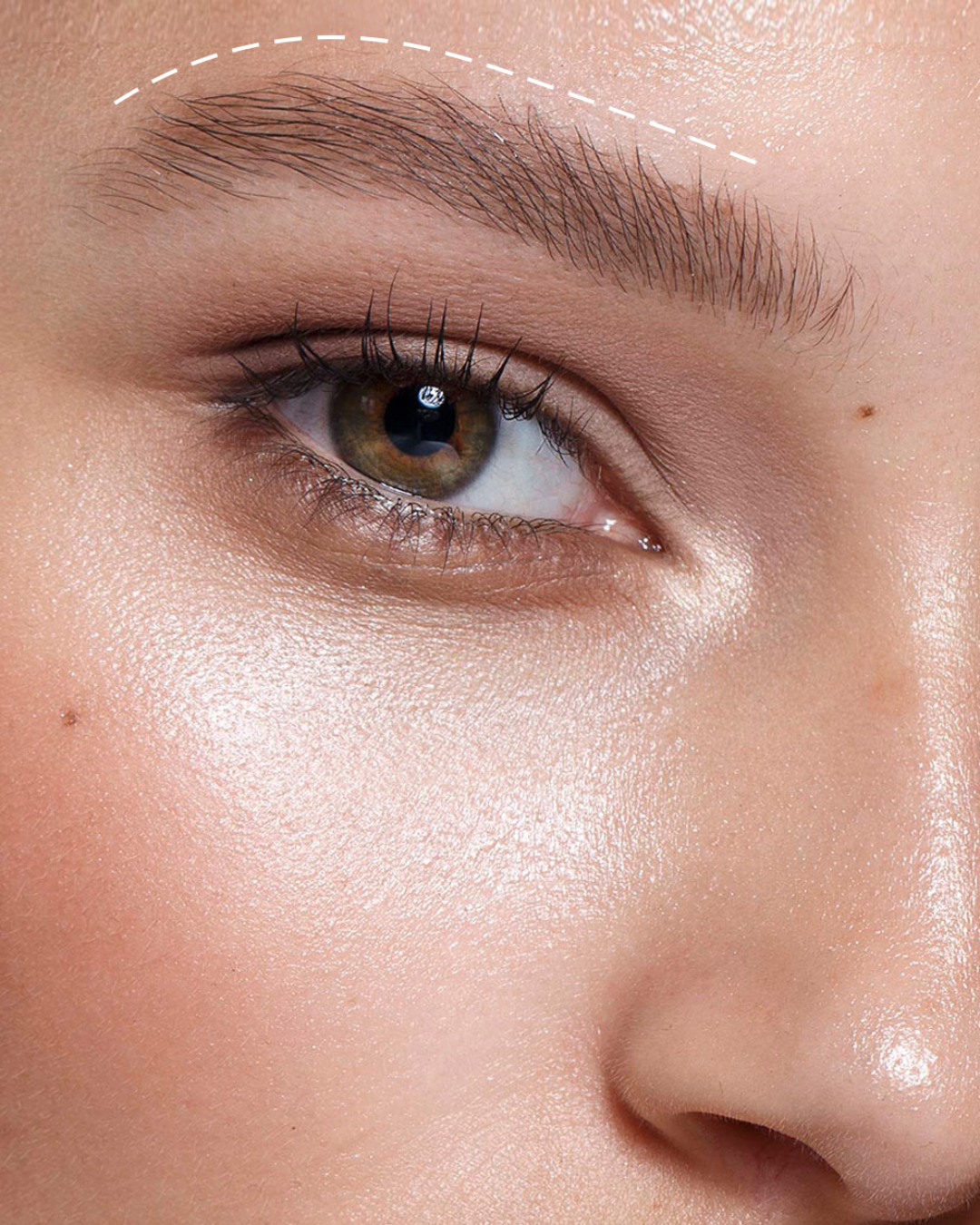
At SRGN, we understand that brow heaviness and asymmetry can affect not only your appearance but also your confidence. Brow heaviness can make the face look tired or aged, while asymmetry can disrupt facial harmony.

Brow heaviness occurs when the brows droop or sag, often due to a combination of skin laxity, weakened muscles, and gravity over time. This sagging can make the eyes appear tired or aged and affect the overall appearance of the face.
Brow asymmetry refers to unevenness in the height or position of the eyebrows. While slight asymmetry is common, significant differences can draw attention away from other facial features and affect facial balance.
Anti-wrinkle injections are a popular treatment for lifting the brows and correcting asymmetry. By relaxing the muscles responsible for brow heaviness, these injections can achieve a subtle lift, opening up the eyes and reducing the appearance of a sagging brow. The injections are also an excellent solution for addressing asymmetry by targeting specific muscles to balance brow positioning.
Dermal fillers are used to restore volume in the forehead and temples, which can help to lift the brows and improve symmetry. By strategically placing fillers, we can create a subtle yet effective lift, giving the appearance of smoother, lifted skin around the brow area.
Ultherapy For those seeking a non-invasive approach to brow lifting, Ultherapy is an innovative treatment that uses focused ultrasound energy to stimulate collagen production deep within the skin. This tightening effect gradually lifts the brow area, reducing heaviness and restoring a youthful contour. Ultherapy is ideal for individuals with mild to moderate brow drooping.
SylfirmX combines micro-needling and radio-frequency energy to target deep layers of the skin, promoting collagen and elastin production. This advanced treatment not only tightens and lifts the brow area but also improves skin texture, helping to combat both brow heaviness and signs of ageing. It’s particularly effective for patients looking for long-term improvements.
Full Face Design our full face design approach takes into consideration the overall balance of the face, using a combination of treatments to create a harmonious and youthful appearance. For brow heaviness and asymmetry, we may combine dermal fillers, anti-wrinkle injections, and other modalities to achieve optimal results.